Welcome back to the series that helps you figure out which design style fits you best! In order to discover your own personal style, it’s helpful to know all about what interior design styles are out there. I previously covered Mid Century Modern, Wabi Sabi, Modern Farmhouse and Scandinavian in depth. And I also have a full guide to all the interior design styles with a broad overview of everything. But today, we’re getting into eclectic interior design and all the fun that comes with it!
So if you’re here, you may be wondering: Is eclectic interior design for me?
Before we get into what exactly defines this stye, let’s first establish who would be a good candidate for incorporating eclecticism in their homes.
You are some who:
- loves stuff and is a maximalist at heart.
- is intrigued by all the interior design styles and can’t imagine choosing one main one to follow.
- is constantly collecting new art and objects from your travels and adventures that you want to display.
- craves experimentation in your home and want the freedom to switch out any pieces as you wish without disrupting the harmony of the room.
Sound like you? Perfect, then keep reading.
I’m going to make a bold claim, but I’ll stand behind it. Eclectic interior design is the most fun design aesthetic. “Breaking the rules” is a part of the design philosophy itself, so it gives you so much more wiggle room to really inject your personality. (Note: you can break the “design rules” for any style if you want, by the way. As long as it makes you feel good, it’s good design. This variety is just built into eclectic design).
Table of Contents
What is eclectic interior design?
Defining characteristics and top tips for avoiding chaos
Eclectic interior designers
How to incorporate it into your home: some great accent pieces
What is eclectic interior design all about?
In a nutshell, eclectic interior design is a catchall style that is primarily defined by the coexistence of several different design styles.
It’s a little bit of everything, so it’s perfect for the people who feel like their style – or themselves in general – can’t fit neatly into a box. The variety can vary based on the personality that is driving the design. To some people, eclectic interior design may simply be mixing 2 or 3 design styles. To others, it may be having no clear dominant style and sprinkling in a little bit of every style.
That’s the great thing about this aesthetic. There are no rules.
One of the main driving forces behind this style, though, is that it is highly personal and uniquely customized. And as a blog that’s all about design with personality, I’m all for the only design rules being that it’s a representation of exactly who you (or the client) are.
Another overall principle of great eclectic design is the unexpected. This style definitely has a bit of the shock factor—the best examples of eclectic maximalist interior design incorporate elements of surprise, contrast, and imaginative thinking.
This style is definitely not for everyone. I’ll get into it in the next section that it can be executed in a more minimalist way, but the people that will thrive with this style are those who are comfortable – and may even crave – a little organized chaos.
So let’s get into what the defining characteristic of this style are.
Defining characteristics of eclectic interior design + finding the right amount of contrast
Don’t let the word “chaos” scare you off. I said organized chaos for a reason. There’s a very fine line between curated contrast and a mess. The trick to great eclectic interior design is finding that balance.
Here are some tips on ways to create contrast that still has harmony and beauty to it.
Cultivate some consistency
One of the best ways to make sure that your design still “works” is to create some consistency among the unexpected elements.
The easiest way to do this is through color. Although you will likely play with a lot of color throughout the design, try to pick a consistent color to repeat throughout the room or the home. This small element will give the brain a base level of harmony that can allow them to enjoy all the surprise elements without being overwhelmed.
Other than color, you can also create consistency with things like patterns or themes. Again, you will likely have a lot of patterns or themes that pop up in the design. But even several small accents or cow print throughout the room – or instances of birds, funny faces, nature, etc., whatever theme speaks to you – will again create a harmonious baseline.
Switch up the design eras + styles
Pairing the super modern with the antique is a great way to create visual interest. Even if this is the only contrast or touch of eclecticism that you have in your home, it will immediately boost the originality of your space.
It doesn’t have to just be old versus new, though. Even though Scandinavian design and art nouveau design aren’t hundreds of years apart, their aesthetics are really distinct. So when you pair them together, you get a really unusual and compelling look.
The trick to this is truly just experimentation and trial-and-error. A great way to test whether things will “go” or just look like a mess before bringing them into your space is to great a mood board. I put together lots of tips on what a mood board is and how to create one to give you some insight if you need it.
Mix textures + patterns
The mismatch nature of eclectic interior design is both one of the most interesting things and one of the scariest things about the style. When people think “mismatch,” they think “wrong.” But it can actually be a great way to create moments of unexpected interest. Homes and Gardens has some great tips on how to mix patterns.
So feel free to put a cheetah print pillow and a floral pillow on the couch, a striped chair, and a checkered blanket. If it makes your heart happy, it will make the space great and uniquely you.
There is a more minimalist way to execute this, though. And that’s by mixing textures alone.
Even if you have a room without a ton of pattern, you can create subtle contrast by having some items in a tweed fabric, others with fur, some in leather, and even some in shiny plastic if you want. The textural contrast isn’t quite as loud as pattern contrast, so it’s a great way to experiment a little and to achieve a fun but still muted and mature look.
Pro tip: layer your textures (rugs, pillows, blankets) directly on each other to make the contrast clear.
Global inspiration
Because of how much difference there naturally is between design styles of different cultures, eclectic interior design often ends up having a big global influence. It’s a really fun opportunity to not only do some research on what trends are popular around the world (I can’t be the only one who loves to research random shit in my free time!), but also to bring them into your home.
If you’re someone who loves to travel, keep an eye out for things to bring home. Even small knickknacks for your mantel that you can easily throw in a carry on can add a little extra spice to your home.
The easiest way to bring some global interior design flare into your home is with art. Source some art with inspiration from a certain global trend that interests you, or better yet find an artist from that culture to purchase something from!
Textile are another great and accessible way to create this vibe in your home. Blankets, pillows, and rugs are pretty low cost relative to their impact. And a lot of different cultures can be known for the materials that they use, so that makes these items particularly prime to add a global influence. Again, if you travel, keep an eye out for these even if you have to ship them home. Otherwise, source them from online. Bonus points if you can find a small, local artisan.
You can also bring it to the next level and get large furniture pieces. These are statement pieces that will get the spotlight they deserve. Imagine an all modern room with a killer Chinese armoire or ornate Mexican armchair.
Include personal touches: one of the hallmarks of eclectic interior design
As I mentioned, one of the most important components of eclectic interior design – and what makes it work – is that it shows your personality. And in order to do that, you gotta add your personal touches.
The possibilities are basically endless for this. Like I mentioned before, collecting items from your travels is one great option. But you can also display items that you’ve accumulated throughout your whole life.
If you found an old painting you did when you were a kid that fills you with joy, frame it and hang it. You could also do this with your children’s drawings. I’ve seen whole gallery walls of this that look surprisingly impressive and curated.
You can also display random found objects that you feel represent your personality. Or put your book collection on display. Or have all the best outfits you’ve ever sewn lined up museum style. If you can dream it up, eclectic interior design says you can do it.
Maximalism
This is an obvious one, so I’ll just touch on it quick. This is not an excuse to hoard, but it is an invitation to give yourself the freedom to keep things just because you want to.


Don’t concern yourself with whether something is strictly practical. If it sparks joy or represents who you are as a person, that is the practical value.
Feel free to layer things, fill every space on the wall, and have bookshelves filled to the brim with both books and accessories.
Just be careful to where nothing gets lost in the mix. This is the point where you might need to edit down; if you can’t even see something, what’s the point of it being there? You also want to purge some if the amount of stuff makes it hard to move around or enjoy the space. Only keep as much stuff as you feel makes you feel physically and emotionally comfortable in the room. Trust your gut.
Don’t get sets of furniture
This is my rule of thumb in general, but especially when we’re talking eclectic interior design. It’s too matchy-matchy, and other people are likely to have the exact same setup in their house.
But you can take it a step further here. Most people might get a dining room table and a separate set of 4 matching chairs. Nothing wrong with this (that’s what I have), but if you wanna have a little more fun, get a dining table and 4 different dining chairs. Or get two mismatch arm chairs for your living room.
This kind of mismatch gives your space a funky, custom, and memorable vibe that definitely makes it uniquely you.
Other quick tips
- Keep your layout casual. Don’t feel the need to make things symmetrical or orderly. Still make sure the layout is conducive to a natural flow throughout the room, but you can have a little more fun rearranging it if you want.
- Play with scale. No one says that all your art on the wall has to be around the same size. Or that the backs of your chairs have to all be the same height. When you add in a little bit of contrast in scale, it creates some fun and whimsy.
Eclectic interior designers
All the best interior designers dabble a bit in eclectic interior design. That’s what helps them create really unique and groundbreaking design for their clients. They have a really great handle on the “rules,” so they know how to intentionally break them.
So although many designers will add in elements of eclecticism, I want to highlight two interior designers who have this ingrained in their design DNA.
Kelly Wearstler
Kelly Wearstler is interior design’s cool girl who I swear never ages.
Her style is hard to pin down exactly, which is why she’s the perfect representation of eclectic interior design. She’s not afraid to play with color, pattern, scale, and drama.
Sometimes she leans more bohemian eclectic interior design, sometimes from vintage eclectic interior design. But somehow she still has a very distinctly Kelly look to every project.
You can check out her portfolio of work. But I would recommend getting her coffee table book, Evocative Style. I love being able to page through it whenever I need a little inspiration.
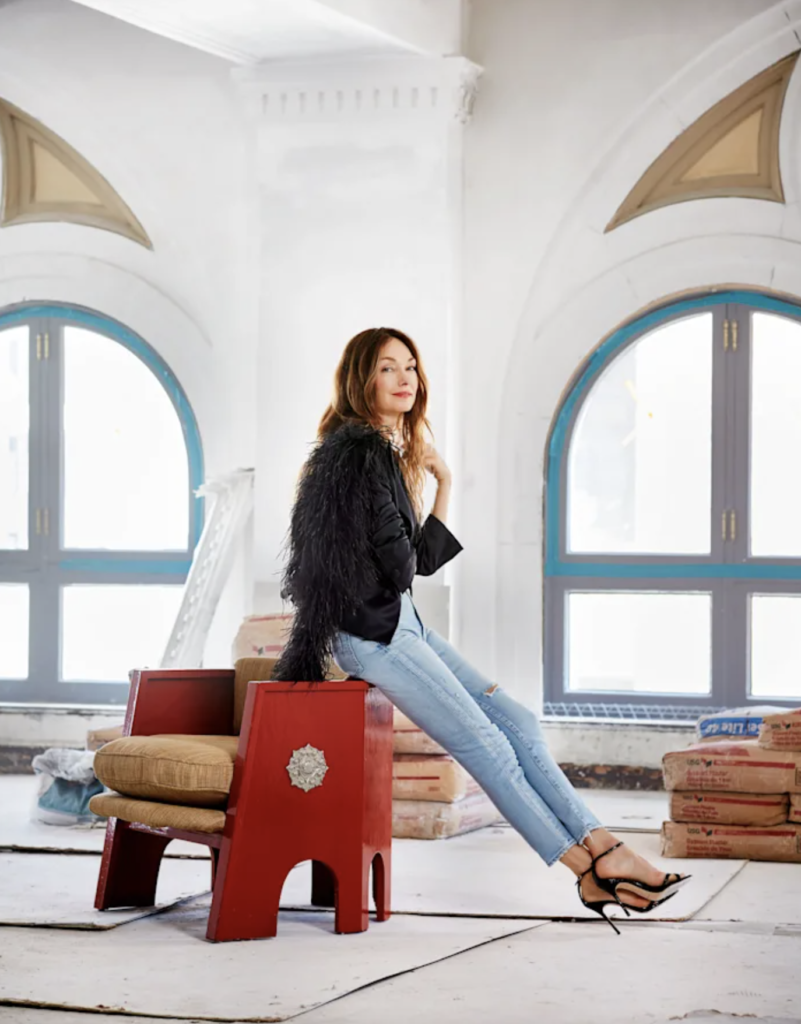

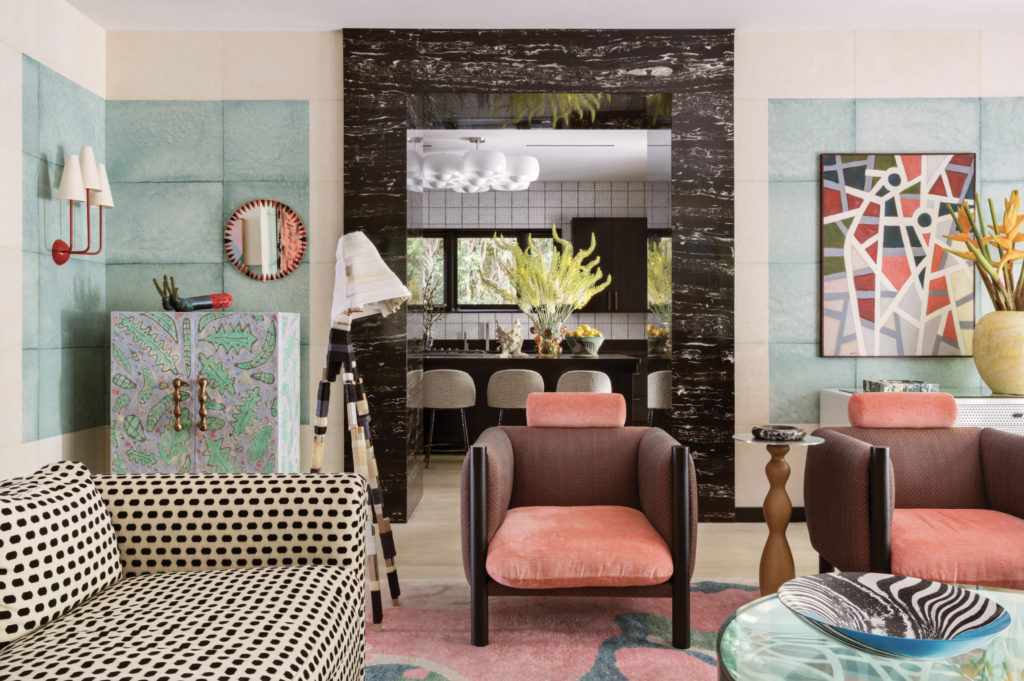

Dabito of Old Brand New
Dabito is another go-to of mine when I think of really fun, colorful and whimsical interior design. He somehow creates spaces that are at once youthful and refined.
Like me, he got his start as a blogger at Old Brand New. In his time blogging, we got to see him transform every room in his home (multiple times) into an absolute work of art.
He now has a shop of prints that are either painted or photographed, and they’re a great addition to any eclectic home in my opinion.




How to incorporate eclectic interior design into your home
How this style looks in your home can vary widely from every single other person’s home. So this section will be a little different than in the other style starter packs. Instead of giving you all the staple pieces you need for your home, I’m going to give you some great recs for statement pieces.
Because what is eclectic interior design if not a ton of statement pieces all being given the opportunity to shine at the same time?
So I’m going to break it down into pieces that can help you play with: texture, color, whimsy, and a global or vintage influence. In each category, I’ll give you suggestions for big and small pieces so that you can incorporate a little bit of eclecticism in your home whether you’re looking to make big changes or small.
Texture + pattern
Color
Whimsy
Global + vintage influence
About me
Hey my name’s Hannah Michelle Lambert, the voice behind homey homies. I’m an LA-based designer, writer, and content strategist. I’m passionate about the intersection of productivity and creativity. I love talking about creative habits, technology, processes, and everything in between that helps me blend the Type A and Type B parts of my brain.
Check out my other design starter packs:
Your Complete Guide to Interior Design Trends
Want to know more about where interior design trends come from, who decides them, why some stick while others don’t, and how to apply them while maintaining your own personal style? Check out my complete guide blog post.


Note: This post may contain affiliate links, so I may make a small commission if you make a purchase. But this does not increase the cost to you at all – it comes out of the seller’s pockets.


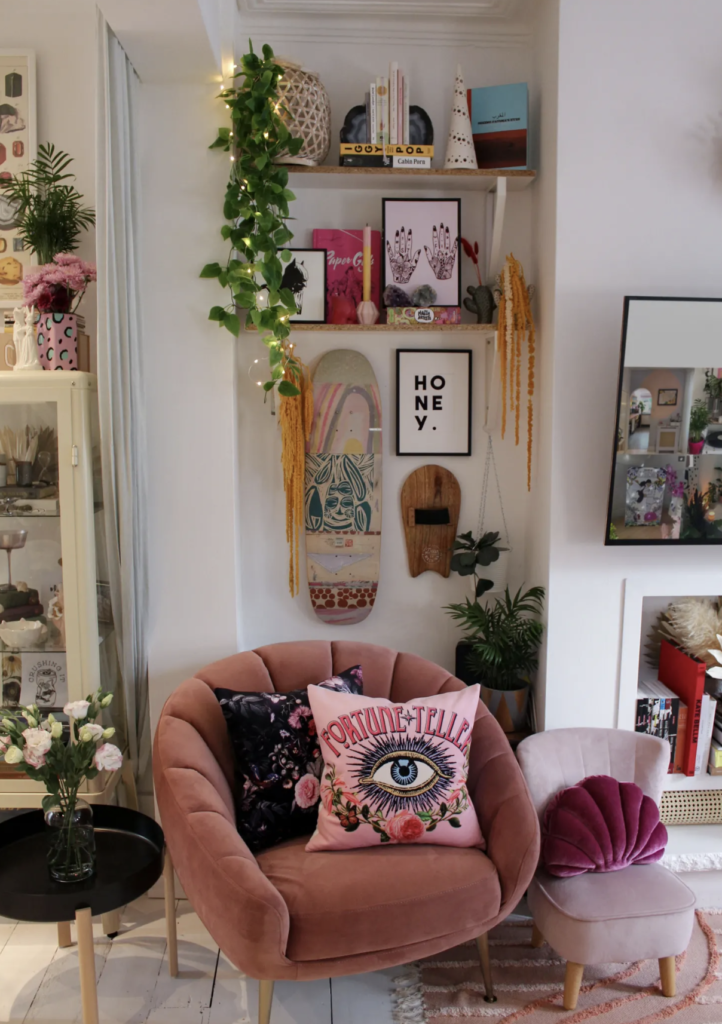





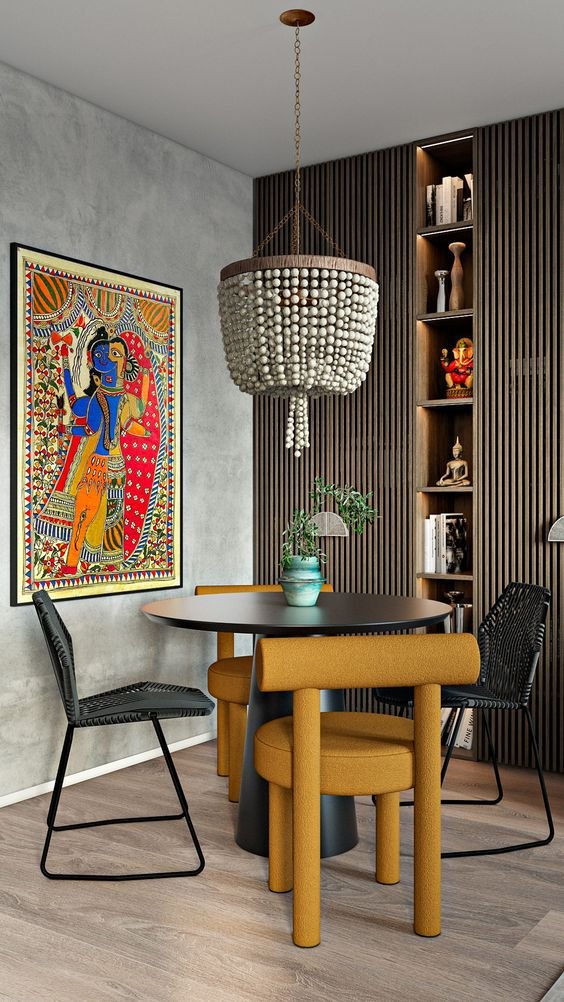



















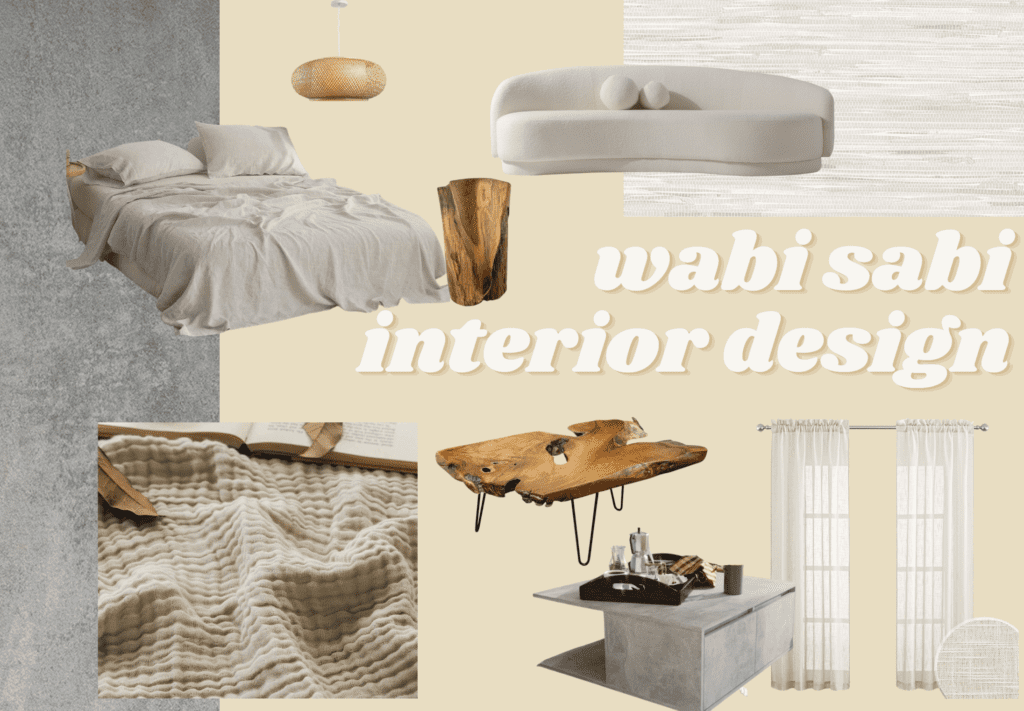




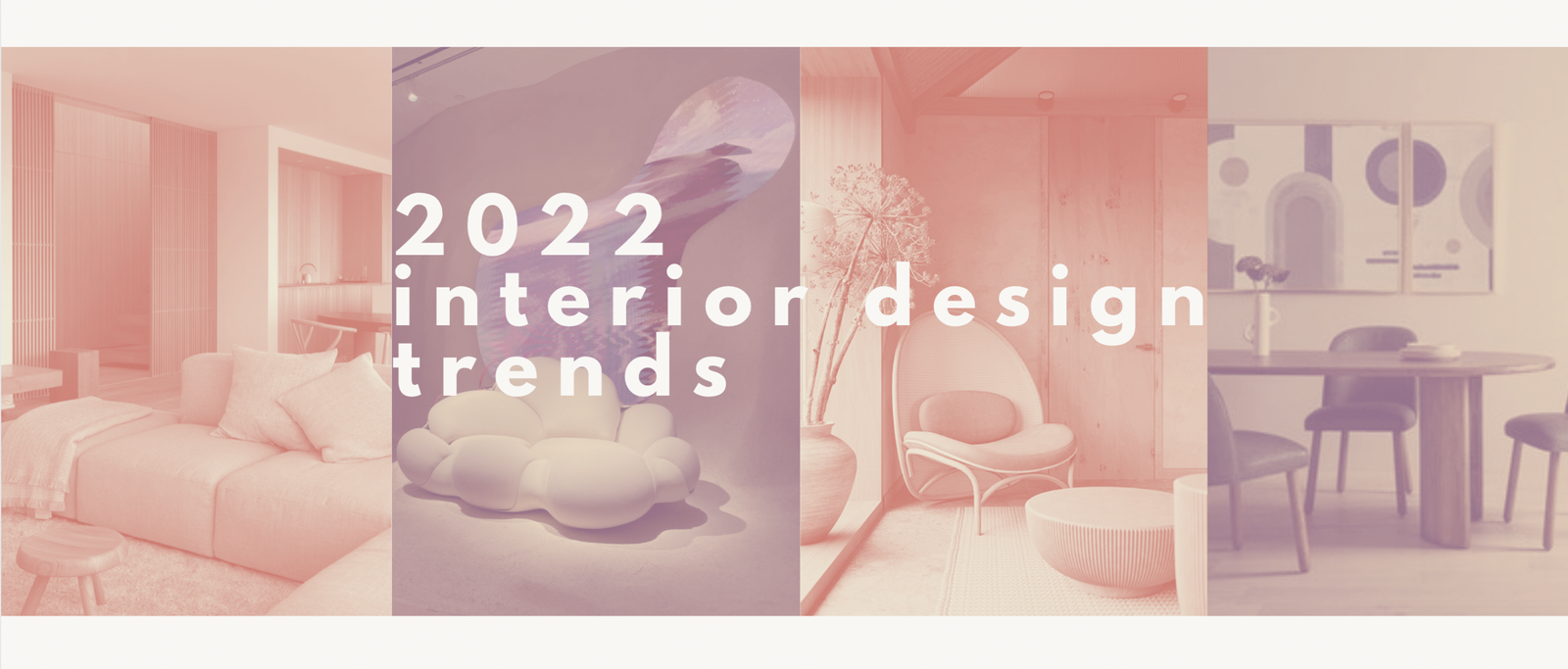

Leave a Comment